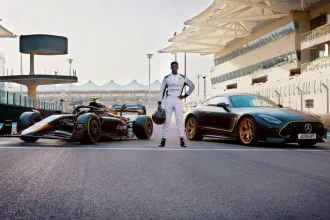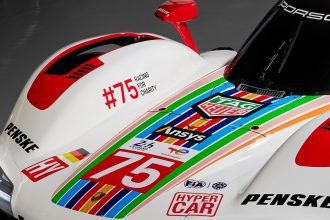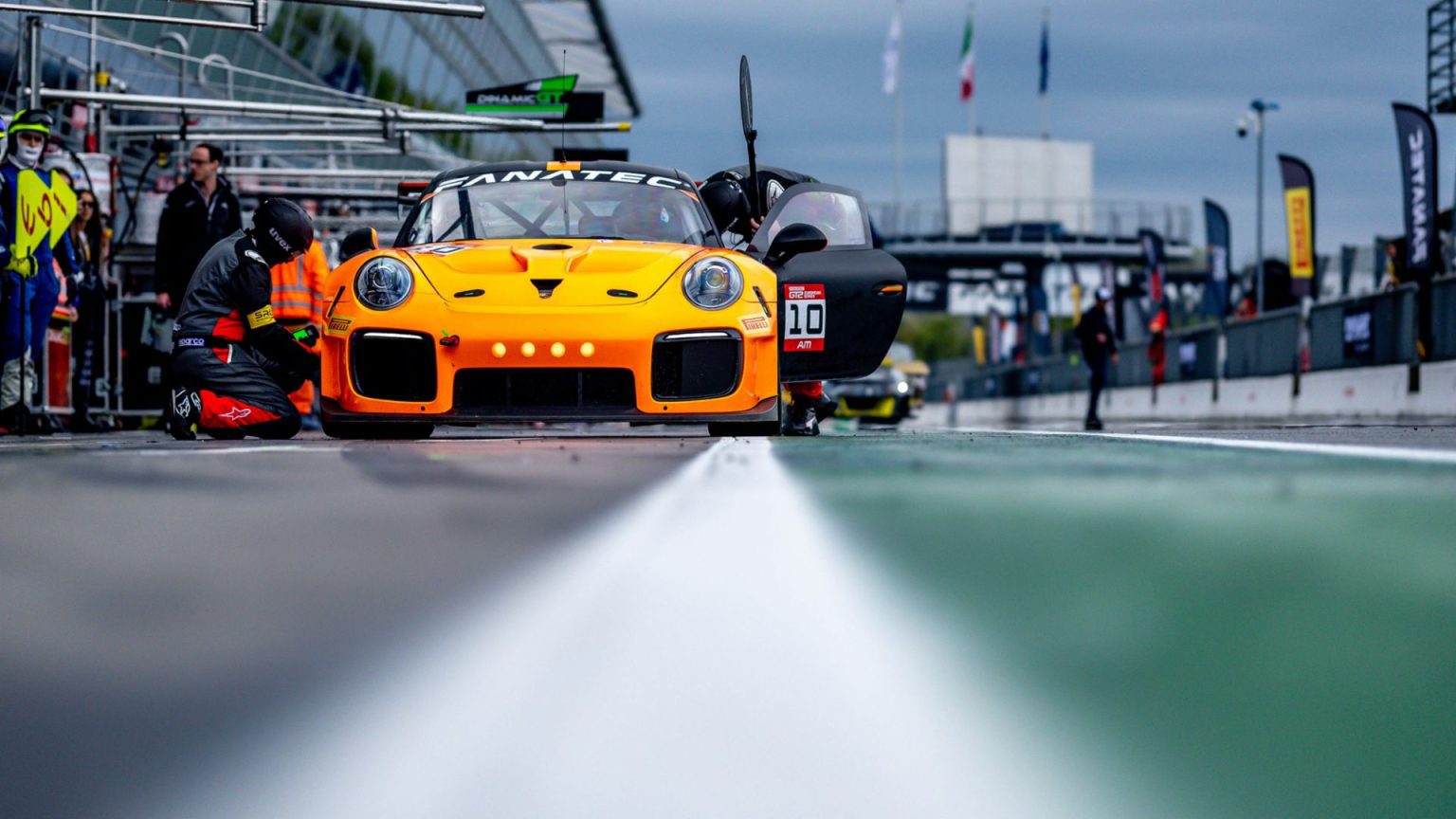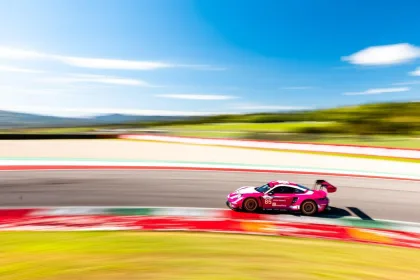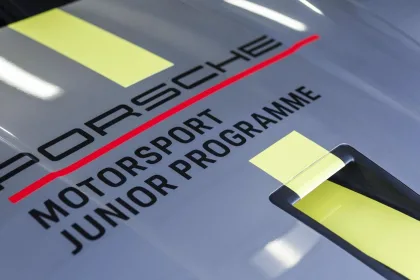Thanks to a new evo-kit, the Porsche 911 GT2 RS Clubsport has become even stronger. The twin-turbo racing car can be fielded at clubsport events, track days, and in GT2 racing series. Priority was put on increasing aerodynamic efficiency and ensuring a more consistent performance over longer distances.
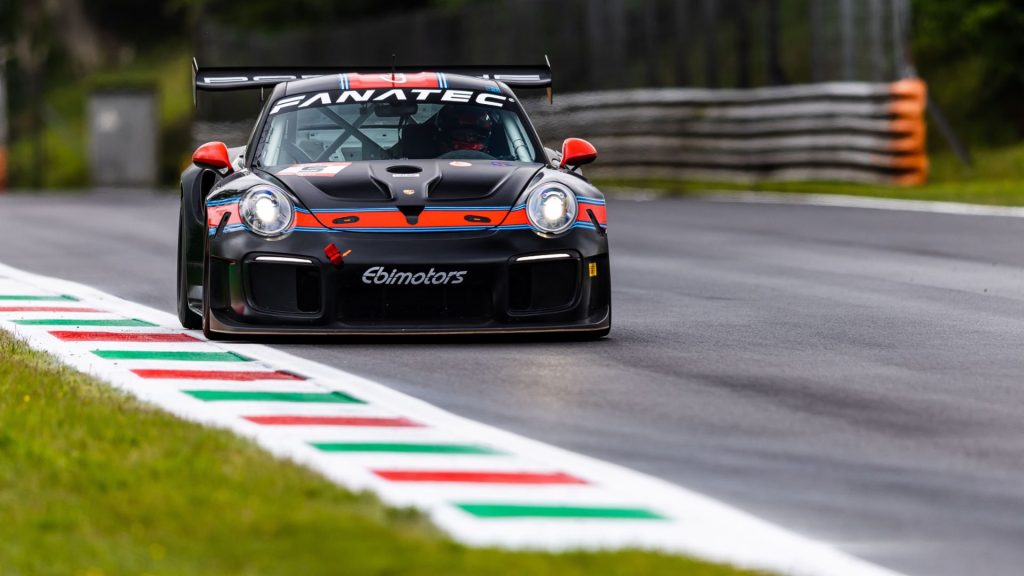
Porsche Motorsport has created the next evolution of the 911 GT2 RS Clubsport for its customer teams contesting GT2 championships. The update primarily includes extensively optimised aerodynamics, redesigned 18-inch wheels and modified shock absorbers as well as further improved safety features. The underlying technology of the racing car remains unchanged and is still based on the high-performance 991-generation 911 GT2 RS sports car powered by a twin-turbocharged 3.8-litre flat-six engine.
“With the introduction of the Porsche 911 GT2 RS Clubsport back in 2019, Porsche was one of the trailblazers in the revival of the GT2 class in motorsport,” explains Michael Dreiser, Director Sales Porsche Motorsport. “We still see positive development in this category and want to give our customers the means to continue competing at the top of the GT2 sector with the 911 GT2 RS Clubsport evo-kit.”
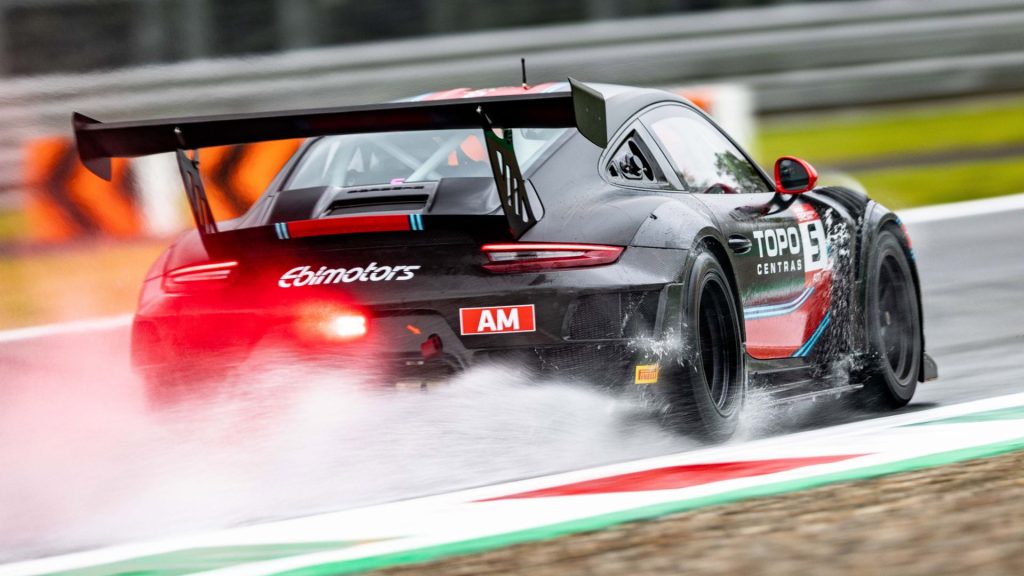
The evo-kit brings the competitiveness of the 911 GT2 RS Clubsport up to current standard, especially over long distances. The latest configuration stage will be raced for the first time this weekend as part of the European Fanatec GT2 series in Monza, Italy. The SRO championship includes six race weekends each with two races run over approximately 50 minutes.
Extensively revised aerodynamics is the key component of the evolution version. The front section features a new apron with modified air intakes for brake cooling and the diffuser as well as a centrally-mounted radiator at the front. The front lid has been adapted to provide appropriate ventilation. A redesigned front splitter generates more downforce on the front axle. In combination with the new and higher Gurney flap on the rear wing, the aerodynamic balance has also improved.
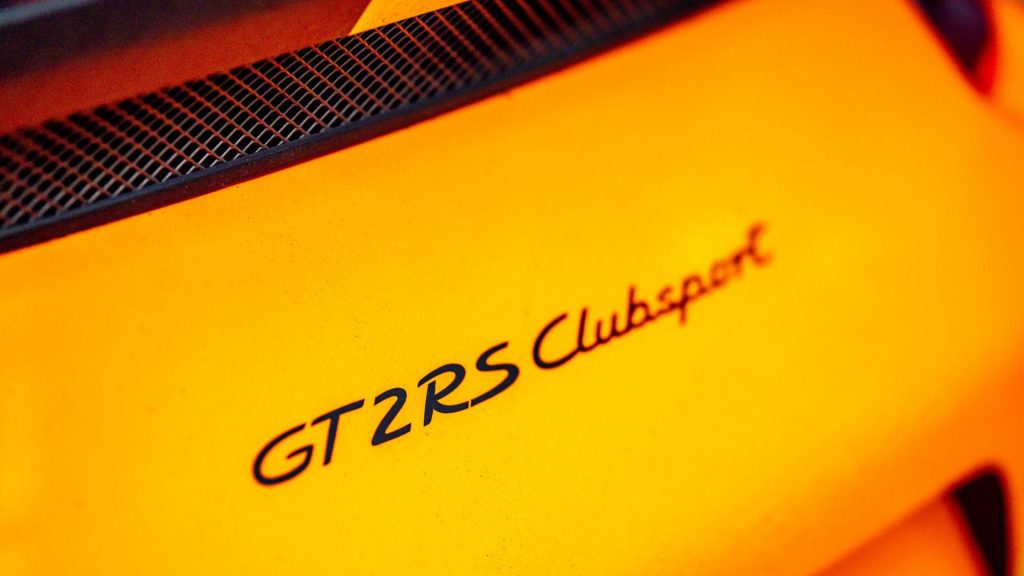
Broadening the front and rear fenders has created more space for wider rims. These have now grown from 10.5 to 12 inches on the front axle and from 12.5 to 13 inches at the rear. Thanks as well to the new shock absorber setup, tyre wear during the race has been reduced, which in turn facilitates consistently fast lap times. Newly designed side sills also create a visually harmonious flow between the wheels. Significantly larger air outlets in the rear apron offer more efficient ventilation of the rear brakes and engine compartment. This reduces the thermal load on the components, especially at events held in high summer temperatures.
An SRO package includes a quick-fill fuel system and reinforced side impact padding. The new rain lights comply with the requirements of motorsport’s governing body, FIA.

